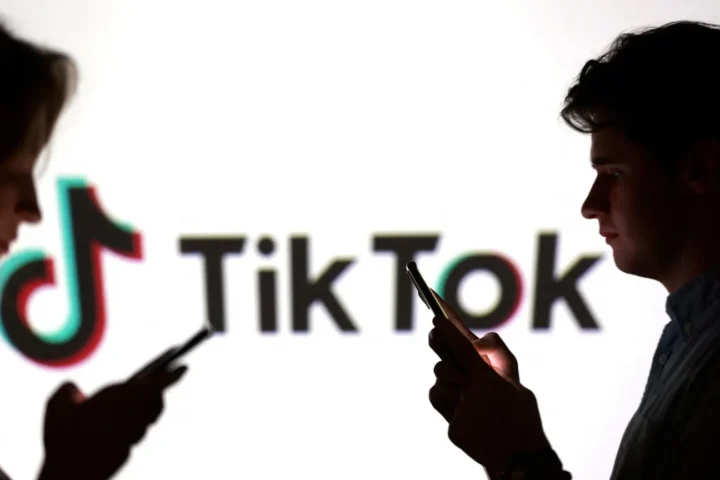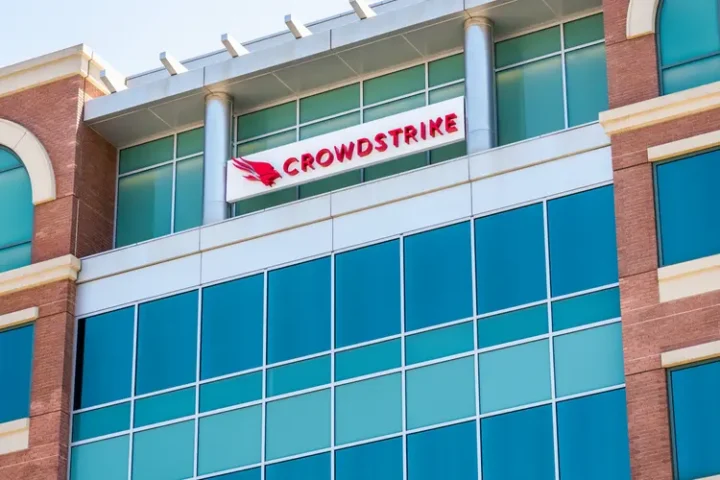Dario Amodei, CEO of Anthropic, issued a blunt warning: in the next one to five years, AI could eliminate up to 50% of all entry‑level white‑collar jobs, pushing unemployment as high as 10–20%.
This isn’t a prediction far off in the future. Amodei says the current generation of generative AI systems—used for writing, analysis, coding, research, and administrative work—is already powerful enough to replace routine tasks across industries like tech, finance, law, marketing, and consulting.
According to him, we’re witnessing a soon‑to‑be “white‑collar bloodbath.” He believes many in business and government are unaware—or unwilling to face—that this shift is imminent. Amodei has urged AI companies and policy makers to stop sugar‑coating the truth and start preparing for widespread labor disruption.
Why So Dramatic?

Speed of development: AI models today can handle document review, code generation, email composition, scheduling, data summarization, and even legal research—tasks traditionally handled by junior analysts and coordinators.
Economic incentive: Companies save money—and often increase efficiency—by automating these low-margin roles rather than hiring inexperienced junior staff.
Rising adoption: Anecdotal reports show a steep decline in entry‑level hiring at big tech firms and startups, while tools like ChatGPT and Claude are increasingly used to perform tasks previously delegated to graduates.
Amodei emphasizes that most people don’t believe this is possible—until it arrives. “If we don’t talk about it now, we’ll be completely unprepared,” he argues
What Does This Mean in Practical Terms?
Unemployment Spike
Entry‑level white‑collar job losses could lead to national unemployment jumping from current lows (~4%) to as much as 20%.
Graduates and early‑career workers face a dramatically altered job market. Traditional pipelines through internships and junior roles are shrinking fast.
Shift in Early Career Dynamics
Employers are offering fewer training positions; instead, they demand candidates who already know how to work alongside AI systems.
New grads who lack AI fluency are often skipped entirely: they either pivot fields, freelance, or get left behind. iracundia ius.
Pressure on Workforce Planning
Industries that once relied on entry‑level staff are scrambling to adapt: redesigning roles around critical thinking and problem‑solving rather than administrative grunt work.
HR departments are urged to invest in retraining or human‑AI teaming roles to retain value in entry‑level talent.
How Do Other AI Leaders Respond?
Not everyone agrees with Amodei’s severity.
IBM’s CEO says fears of massive displacement are exaggerated. AI, he argues, will boost productivity modestly and produce net job gains.
Meta and Nvidia leaders believe that AI will transform, not eliminate, work—creating new roles and industries even as some older roles fade.
Some experts point to economic, demographic, or offshoring trends as compounding factors in hiring slowdowns—not solely AI.
Still, Amodei’s stance resonates because he leads one of the companies building these systems. His voice adds credibility—and urgency.
What Are the Proposed Solutions?
Transparency is key: AI firms and governments must clearly communicate timelines and risks, not bury them behind optimistic PR.
Policy tools: Ideas ranging from AI-generated revenue taxes to universal basic income and retraining programs are under discussion.
Education shift: Post-pandemic, many advocates push to integrate AI literacy and critical thinking skills into early higher education and vocational training.
Summary
AI could replace half of all entry‑level white‑collar jobs within a few years.
Unemployment may climb to 10–20%, drastically reshaping first-career opportunities.
Corporations and schools must adapt: invest in AI collaboration skills, redesign roles, and be honest about what’s coming.
Despite pushback from more optimistic tech leaders, Amodei’s warning demands attention—not dismissal.
If you’re early in your career or planning to hire junior staff, this shift will change everything. The question is no longer if, but when and how fast, and whether we prepare for it in time.






